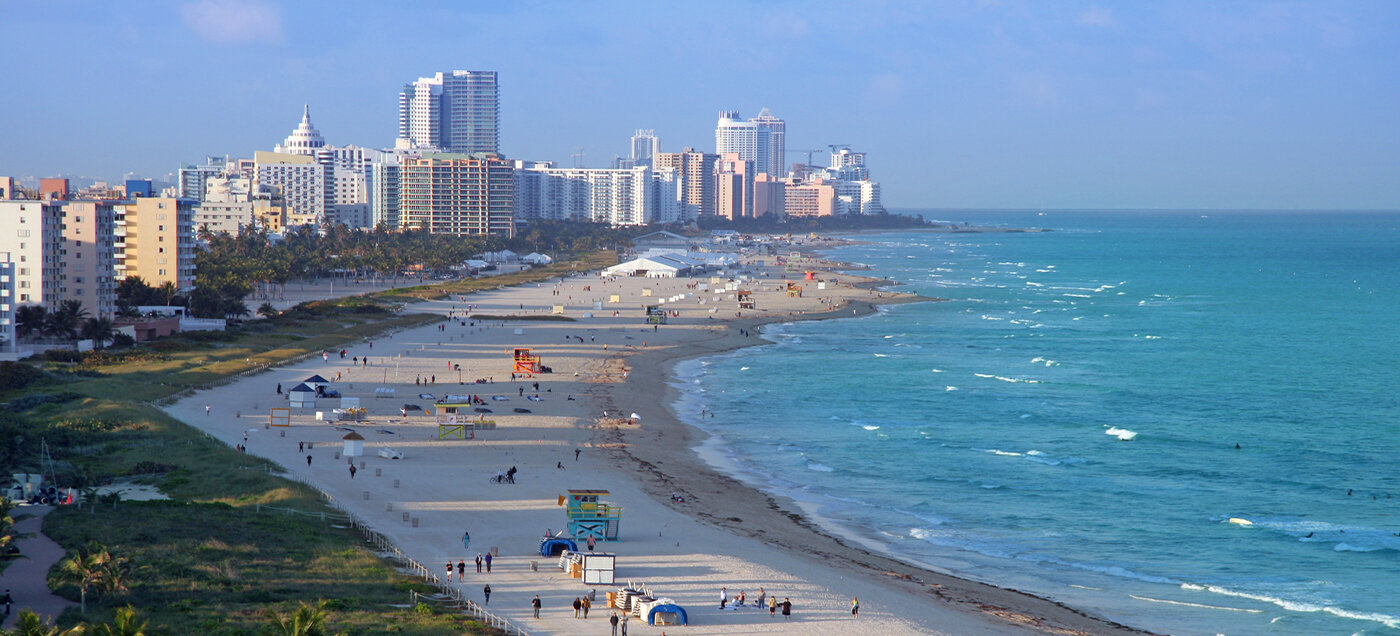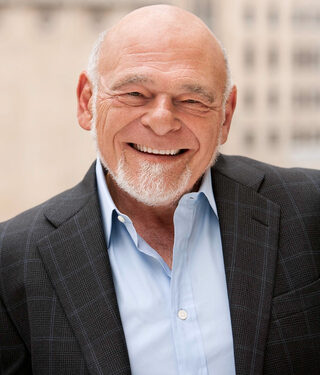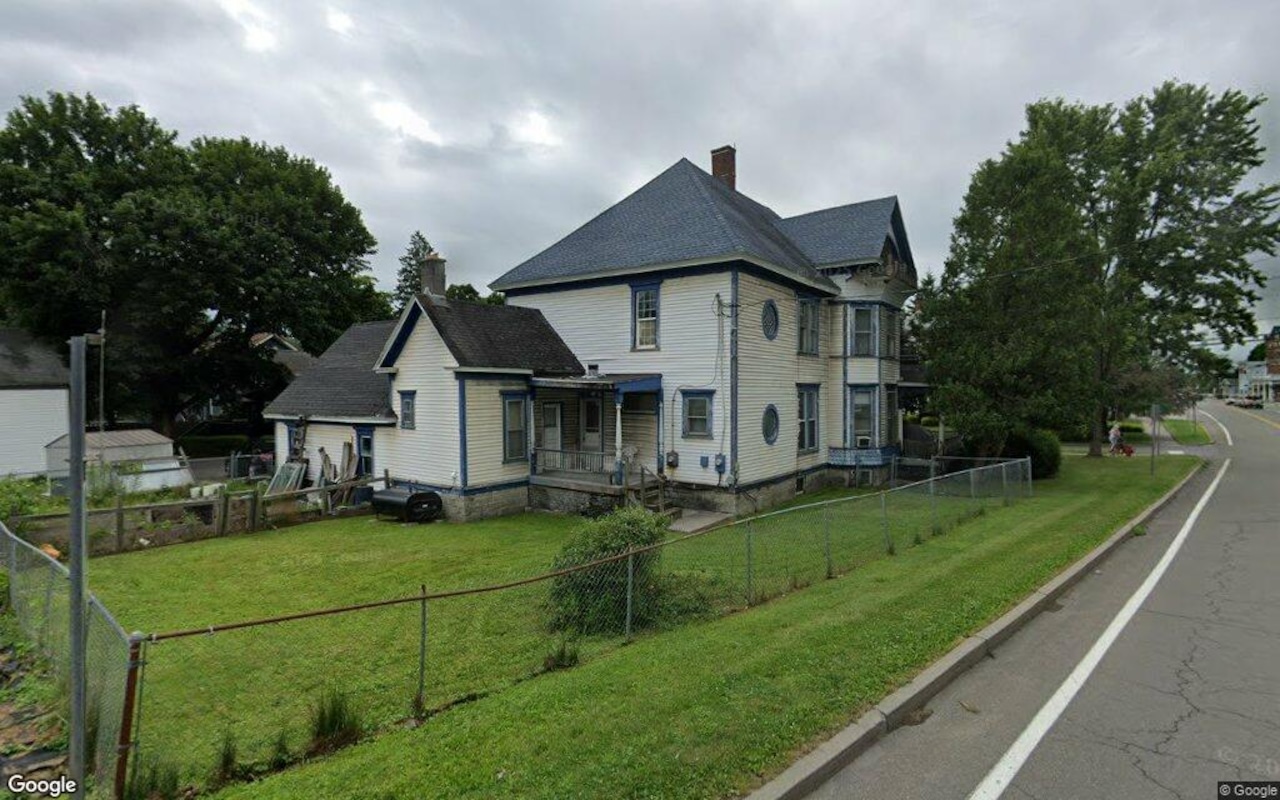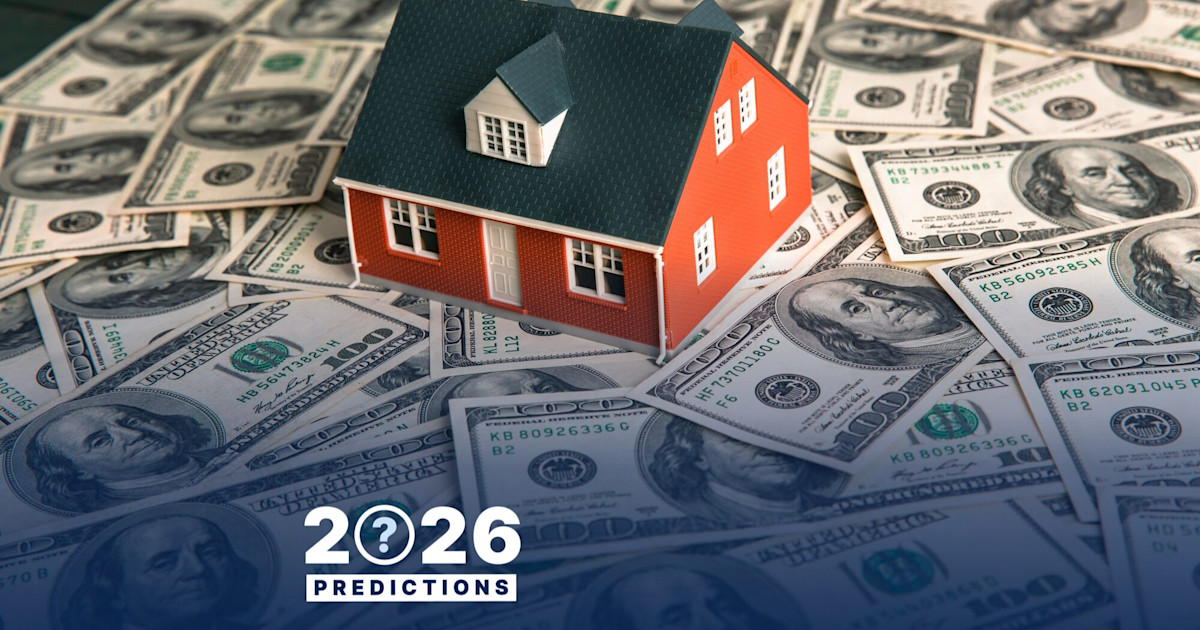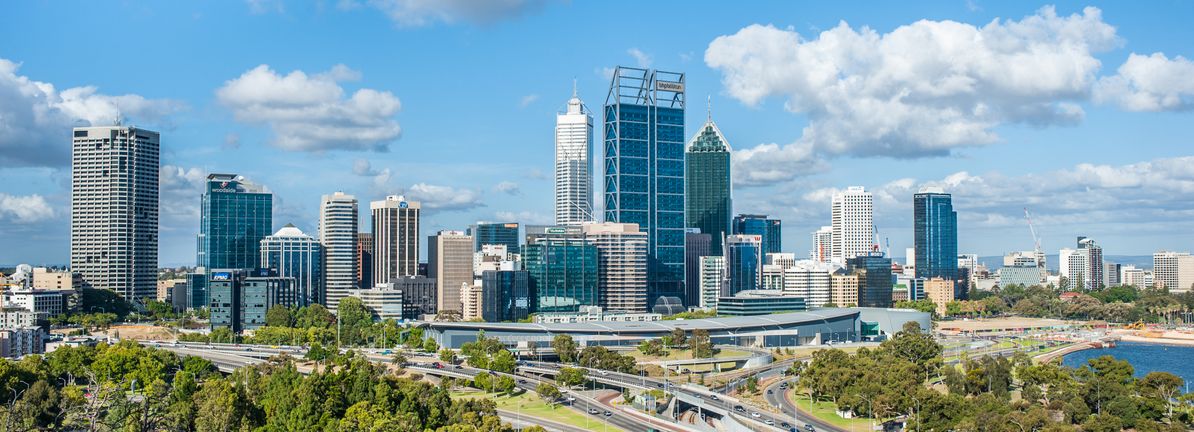A
ugust 2025 saw Miami’s housing market soften as higher borrowing costs and stricter lending standards weighed on sales, even as international demand and a growing inventory hinted at a maturing, more balanced market. According to the Miami Association of Realtors, total residential transactions in Miami‑Dade County dropped 10.7% from a year earlier, falling to 1,788 deals. Single‑family sales slipped 8.2%, while condo transactions fell 13%, reflecting elevated mortgage rates and limited financing options for older condominium buildings.
Despite the slowdown, the city’s long‑term growth narrative remains intact. Over the past decade, condominium prices have more than doubled, and single‑family values have risen 150%. In August, single‑family prices continued a 13‑year streak of near‑uninterrupted gains, whereas condo values edged slightly lower.
Foreign capital continues to dominate the market. Nearly half of all new construction and condo‑conversion sales in South Florida over the past 18 months went to international buyers, according to Miami Realtors’ first global new‑construction sales report. The study covered over 9,000 units across 37 projects, underscoring Miami’s enduring appeal as a global investment hub.
Inventory is expanding but remains below pre‑pandemic levels. Active listings rose 26% year‑over‑year in August, yet total supply is still 16.6% below 2019. Single‑family homes now carry 6.4 months of supply, indicating a balance between buyers and sellers, while condominiums sit in buyer‑market territory at 14 months. New listings, however, are declining, suggesting that the growth in available supply may be temporary.
Market fundamentals remain healthy. Distressed sales accounted for just 1.8% of transactions in August, far below the national average and a stark contrast to the 70% distress share during the 2009 crisis. Cash buyers—many of them international—represented more than a third of all deals, nearly double the U.S. norm, providing insulation from interest‑rate volatility.
With the Federal Reserve beginning to ease monetary policy, analysts expect momentum to build. “The housing outlook is poised to turn brighter as mortgage rates drift lower into year‑end,” said Gay Cororaton, chief economist at Miami Realtors. Pending sales and improving buyer sentiment point to renewed activity in the months ahead.
For now, Miami is transitioning from the pandemic‑era frenzy to a steadier, more balanced cycle—one still defined by global capital flows, scarce land, and one of the strongest long‑term appreciation records in the U.S.
